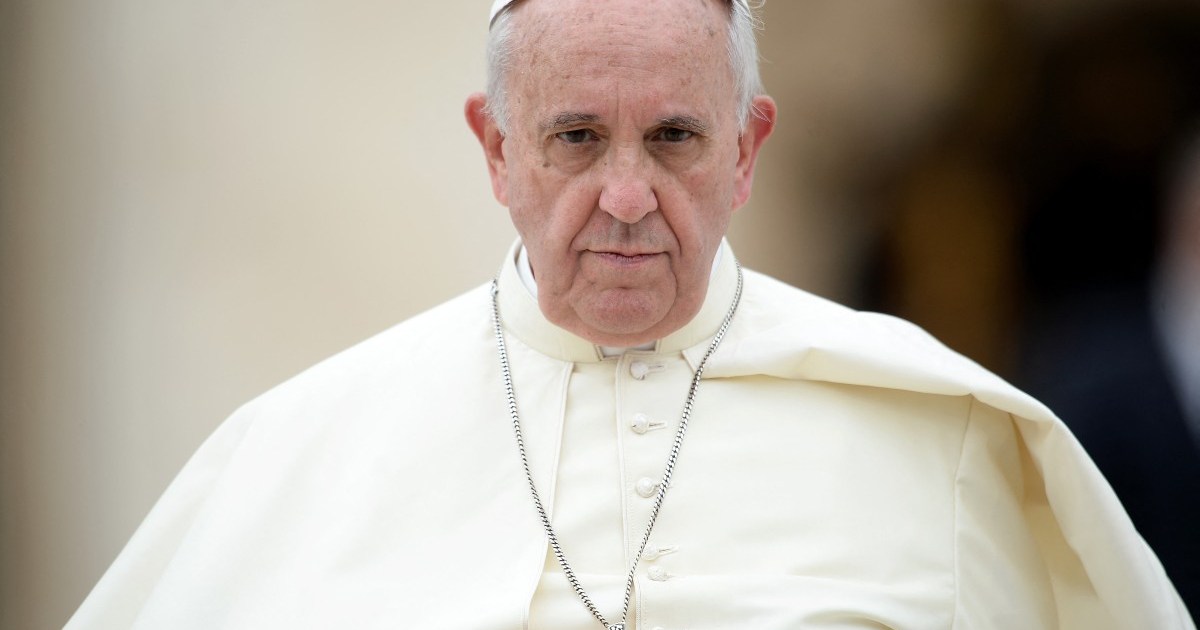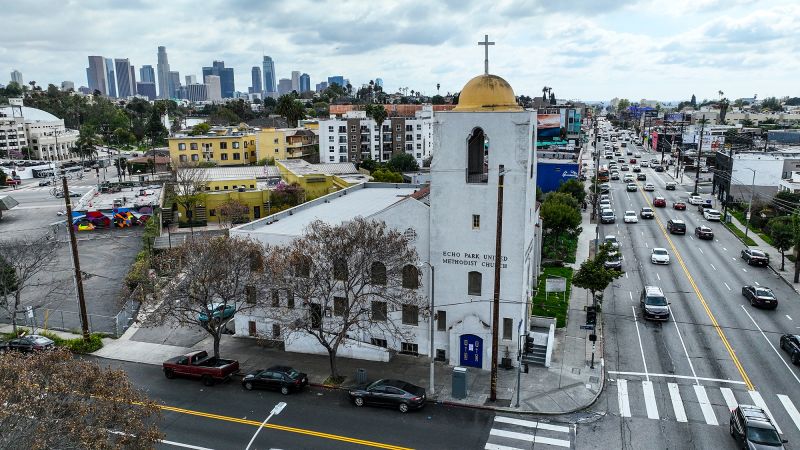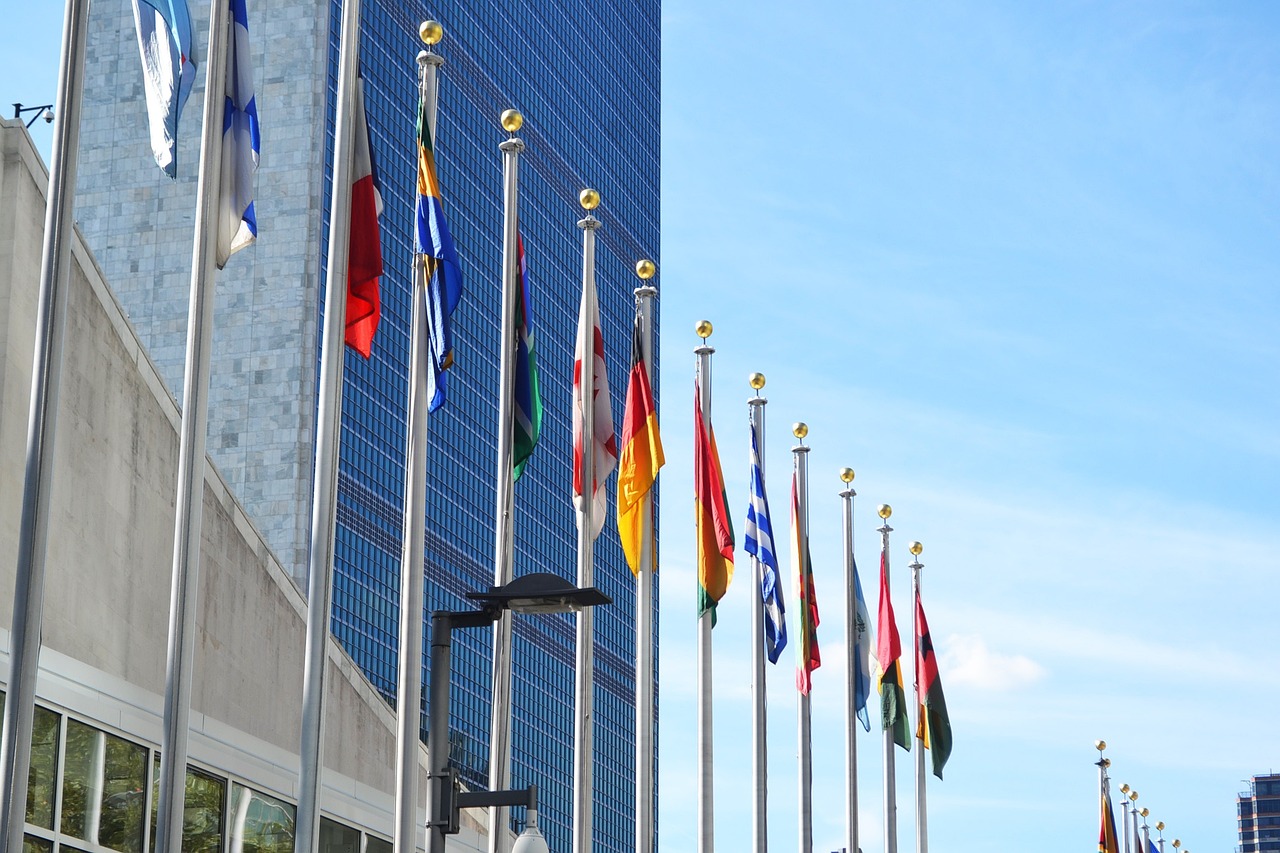Steeple Showdown: When Religious Freedom Clashes with Small-Town Texas Zoning
Religion
2025-03-27 12:00:00Content
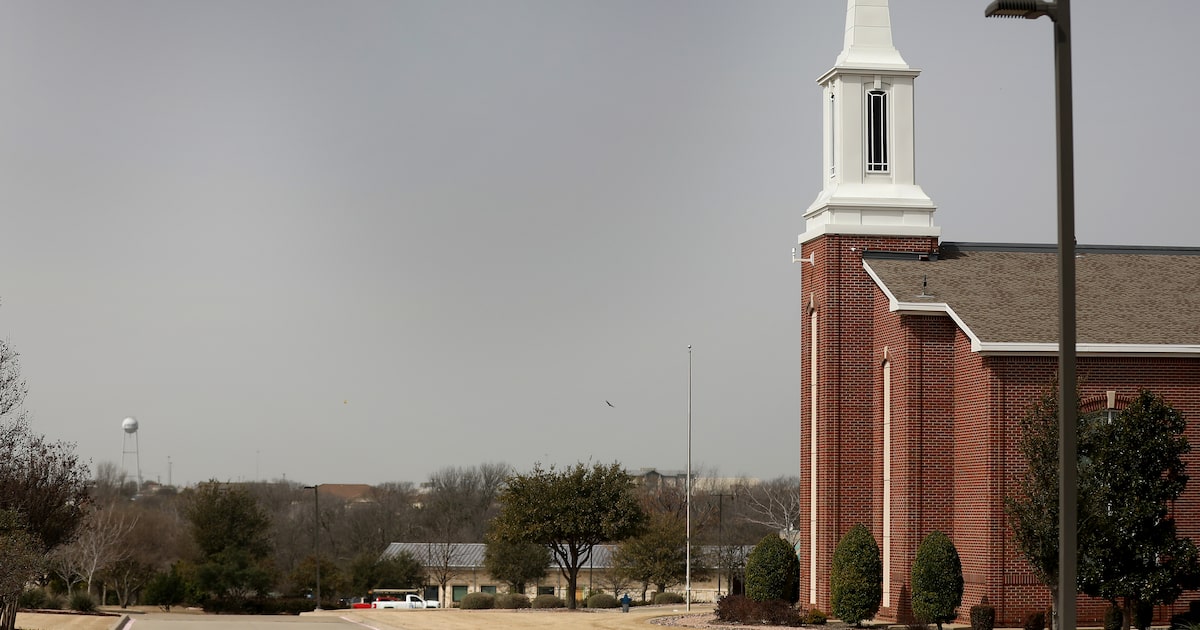
A small Texas town's zoning dispute with the Church of Jesus Christ of Latter-day Saints has escalated into a complex legal battle over the proposed McKinney Texas Temple. Fairview, a quiet suburban community, finds itself at the center of a contentious land-use controversy that highlights the delicate balance between religious freedom and local municipal regulations.
The proposed temple project has become a focal point of tension, with the church seeking to construct a significant religious landmark while the town's officials raise concerns about zoning restrictions and potential community impact. This standoff represents more than just a simple construction dispute; it's a nuanced dialogue about local governance, religious rights, and community development.
Both the church and the town of Fairview have dug in their heels, each presenting compelling arguments about land use, architectural considerations, and community standards. The ongoing stalemate underscores the challenges municipalities face when balancing religious institutions' expansion plans with local zoning requirements.
As the legal and administrative negotiations continue, the proposed McKinney Texas Temple remains a symbol of the complex interactions between religious organizations and local government, demonstrating the intricate negotiations required to bridge differing perspectives and community needs.
Sacred Ground or Zoning Conflict? The Controversial Temple Battle in Fairview, Texas
In the heart of North Texas, a quiet suburban landscape has become the epicenter of a complex legal and cultural confrontation that transcends mere municipal regulations. The small town of Fairview finds itself at a critical juncture, where religious freedom, community development, and local governance intersect in a high-stakes dispute that could reshape regional dynamics.When Faith and Local Governance Collide: A Temple's Uncertain Future
The Genesis of Conflict: Understanding the Proposed McKinney Texas Temple
The Church of Jesus Christ of Latter-day Saints has long envisioned establishing a significant architectural and spiritual landmark in the rapidly growing suburban corridor north of Dallas. Their proposed temple project represents more than a mere construction endeavor; it symbolizes a profound commitment to community expansion and religious expression. The meticulously planned facility would serve as a central worship and community hub for regional Mormon congregants, promising architectural elegance and spiritual significance. Local zoning regulations have emerged as an unexpected and formidable barrier to this ambitious project. Fairview's municipal authorities have raised substantial concerns about the proposed temple's scale, potential traffic implications, and alignment with existing urban development strategies. This bureaucratic resistance has transformed what initially appeared to be a straightforward construction proposal into a nuanced legal and cultural standoff.Navigating Complex Regulatory Landscapes: Municipal Challenges and Religious Rights
The temple proposal has exposed intricate legal complexities surrounding religious infrastructure development. Municipal governments possess significant discretionary powers in land use and zoning, yet these must be balanced against constitutional protections for religious freedom. The Fairview case exemplifies the delicate negotiation between local governance and religious institutional expansion. Legal experts suggest that the Church's strategy involves demonstrating how the proposed temple would integrate harmoniously with existing community infrastructure. Detailed environmental impact assessments, traffic studies, and architectural renderings have been prepared to address potential municipal concerns. These comprehensive documentation efforts reflect a sophisticated approach to overcoming regulatory hurdles.Community Perspectives: Voices of Support and Opposition
The temple proposal has galvanized diverse community perspectives, revealing complex social dynamics within Fairview. Some residents enthusiastically support the project, viewing it as a symbol of religious diversity and potential economic stimulation. Others express reservations about potential changes to neighborhood character and infrastructure strain. Local community meetings have become forums for passionate dialogue, where residents articulate nuanced perspectives on religious freedom, urban development, and community identity. These discussions transcend simple binary debates, reflecting the sophisticated social fabric of contemporary suburban Texas.Broader Implications: Religious Development in Evolving Suburban Landscapes
Beyond the immediate Fairview context, this temple controversy represents a microcosm of broader national conversations about religious infrastructure, urban planning, and community integration. The outcome could potentially establish precedential frameworks for similar developments across similar suburban environments. The Church of Jesus Christ of Latter-day Saints has demonstrated remarkable patience and strategic sophistication in navigating this complex terrain. Their approach combines legal acumen, community engagement, and a commitment to respectful dialogue, potentially setting new standards for religious institutional expansion. As negotiations continue, the proposed McKinney Texas Temple stands as a compelling narrative of intersection between faith, law, and community development—a testament to the dynamic, ever-evolving nature of American suburban landscapes.RELATED NEWS
Religion
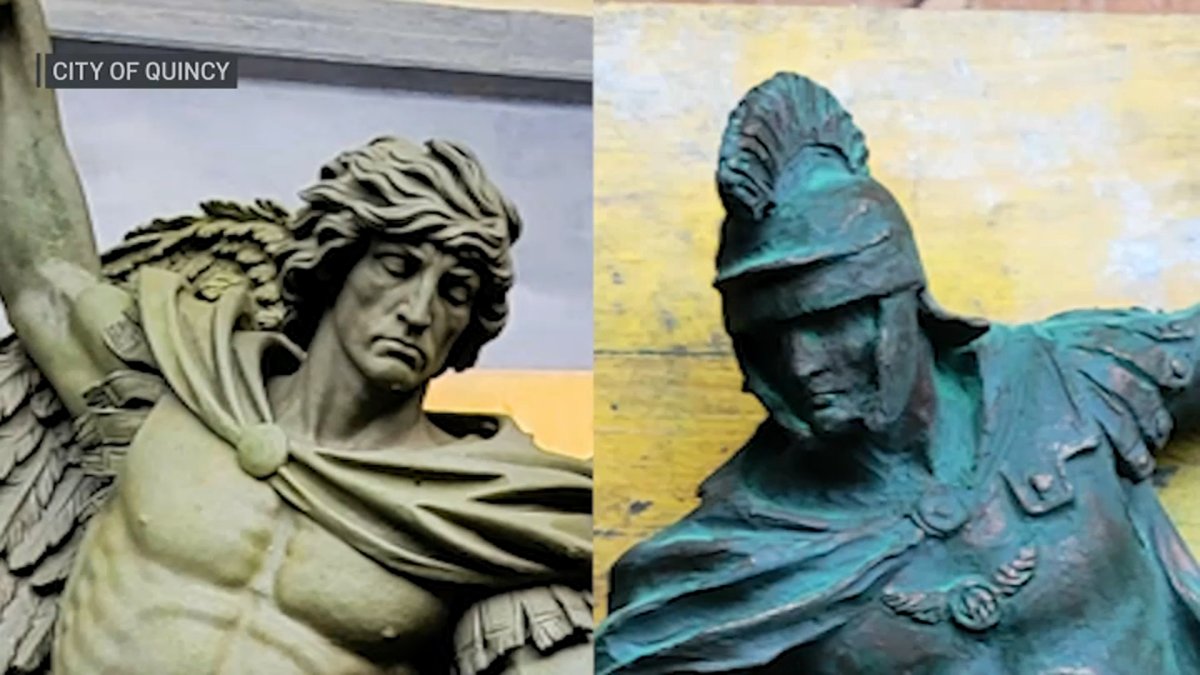
Controversy Erupts: Quincy's Statues Spark Heated Debate on Cost, Transparency, and Religious Liberty
2025-03-22 04:25:57
Religion
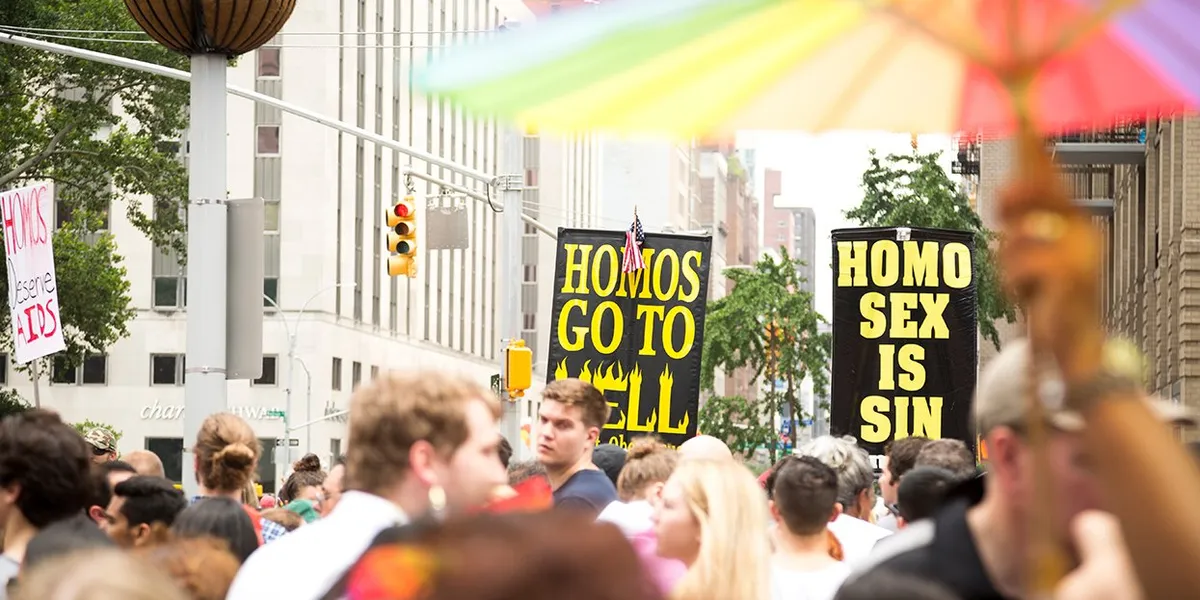
Behind the Shield: How 'Religious Freedom' Laws Weaponize Discrimination Against LGBTQ+ Communities
2025-04-02 10:00:03
